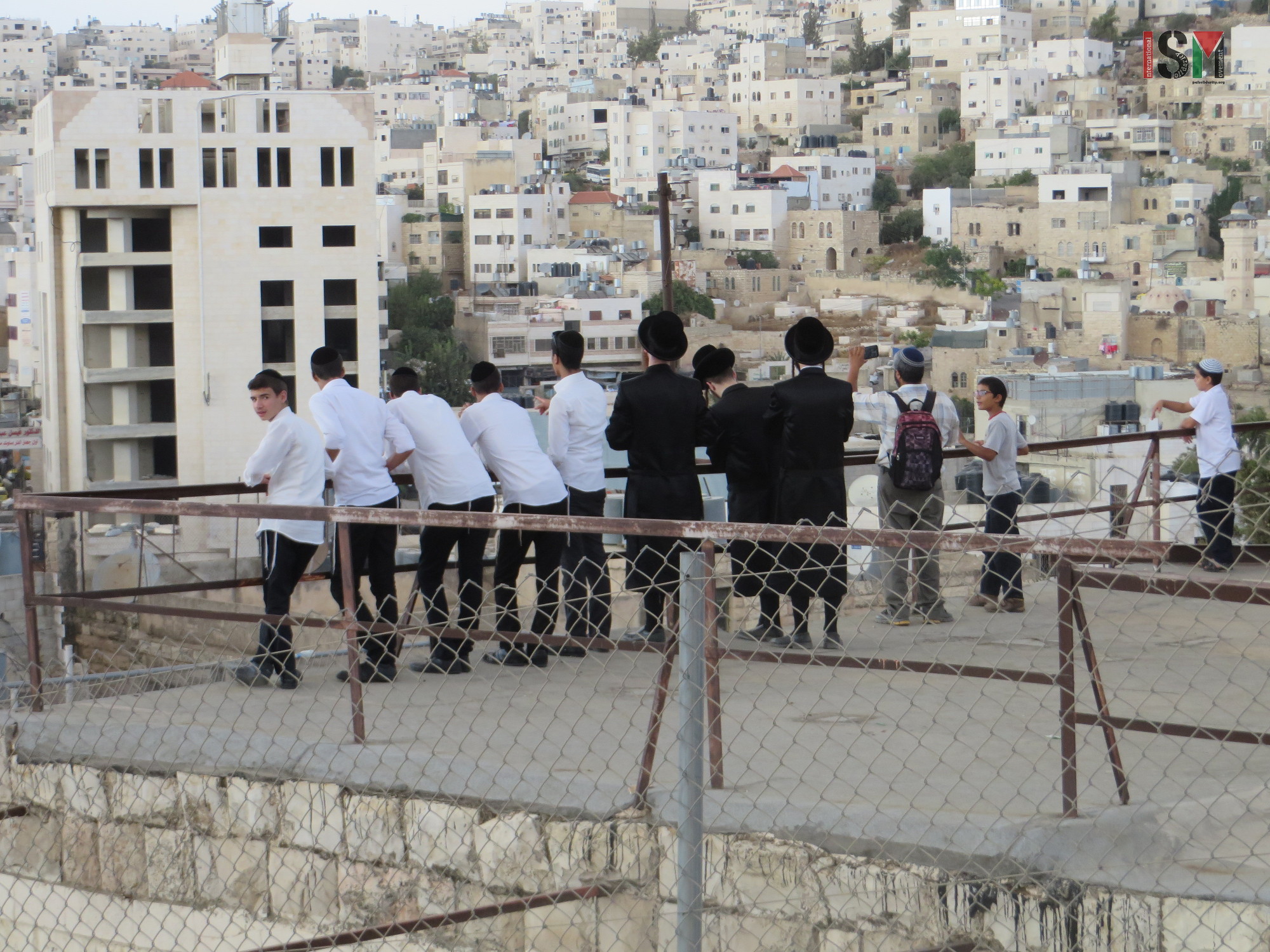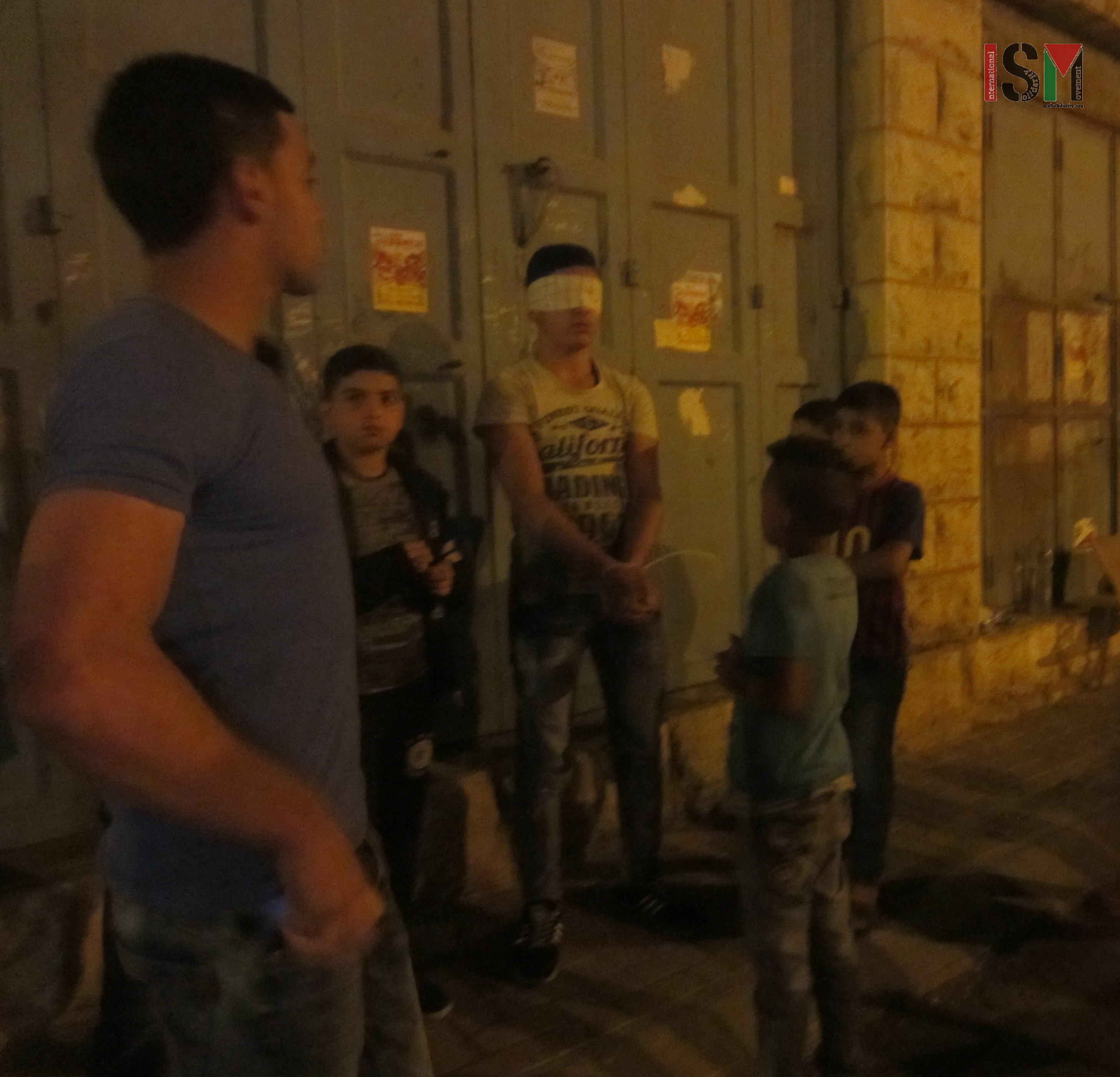Tag: Settlers
-
Settler violence sharply escalates in Hebron during Sukkot holiday
30th September 2015 | International Solidarity Movement, Al-Khalil team | Hebron, occupied Palestine On the second day of the Jewish Sukkot holiday, hundreds of settlers continued filing into al-Khalil (Hebron) creating mass restrictions and sharp escalations in violence against Palestinians living here. Over a period of two hours dozens of them continuously invaded the roof…
-
Palestinian teen shot in Hebron by Israeli forces dies from injuries
22nd September 2015 | Ma’an News Agency | Hebron, occupied Palestine A Palestinian teenager shot by Israeli forces at a checkpoint in Hebron died from her injuries on Tuesday, Israeli medical sources said. The teenager, identified as 18-year-old Hadeel al-Hashlamon, was shot three times by Israeli soldiers after allegedly attempting to carry out a stabbing…
-
Three Palestinian boys violently arrested at night in Hebron
21st September 2015 | International Solidarity Movement, Al-Khalil Team | Hebron, Occupied Palestine Monday the 21st of August three boys were arrested in the Tel Rumeida area of Hebron, occupied Palestine. The boys were arrested at 8:45 pm and taken to the military base in Tel Rumeida. Two of the boys were arrested after allegedly…



